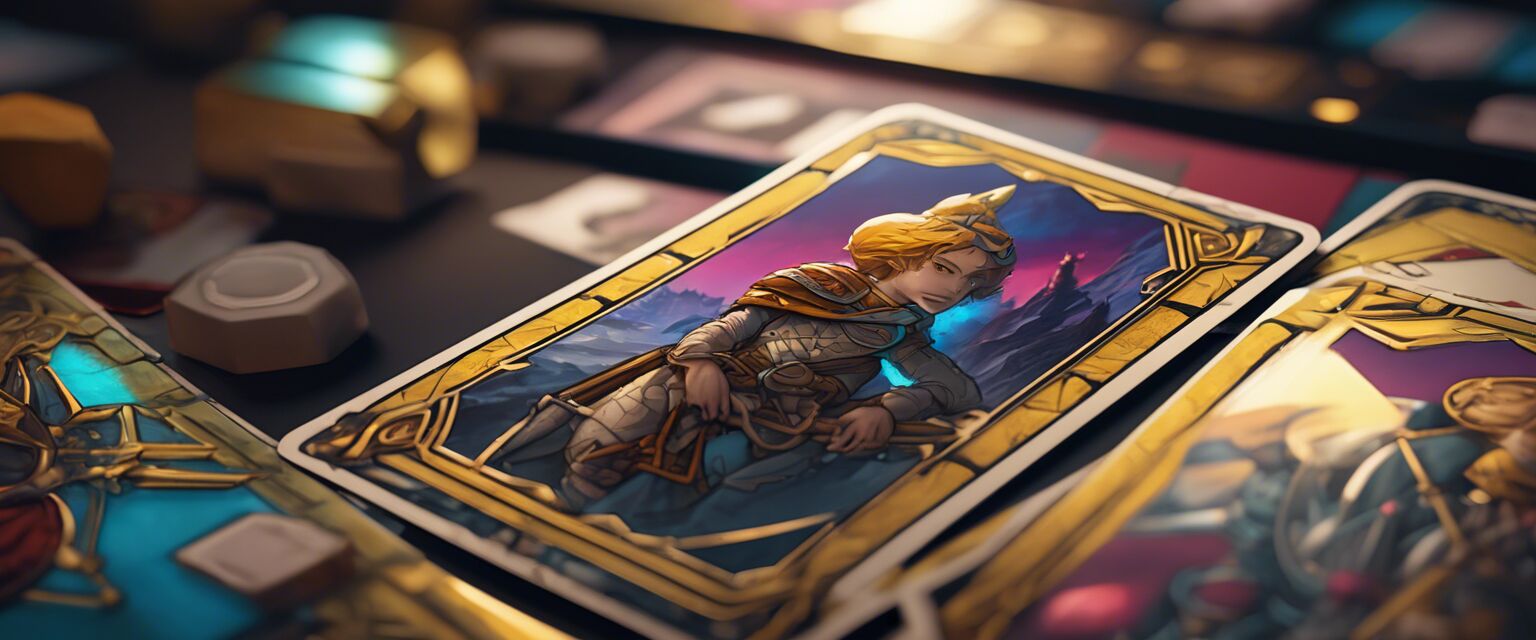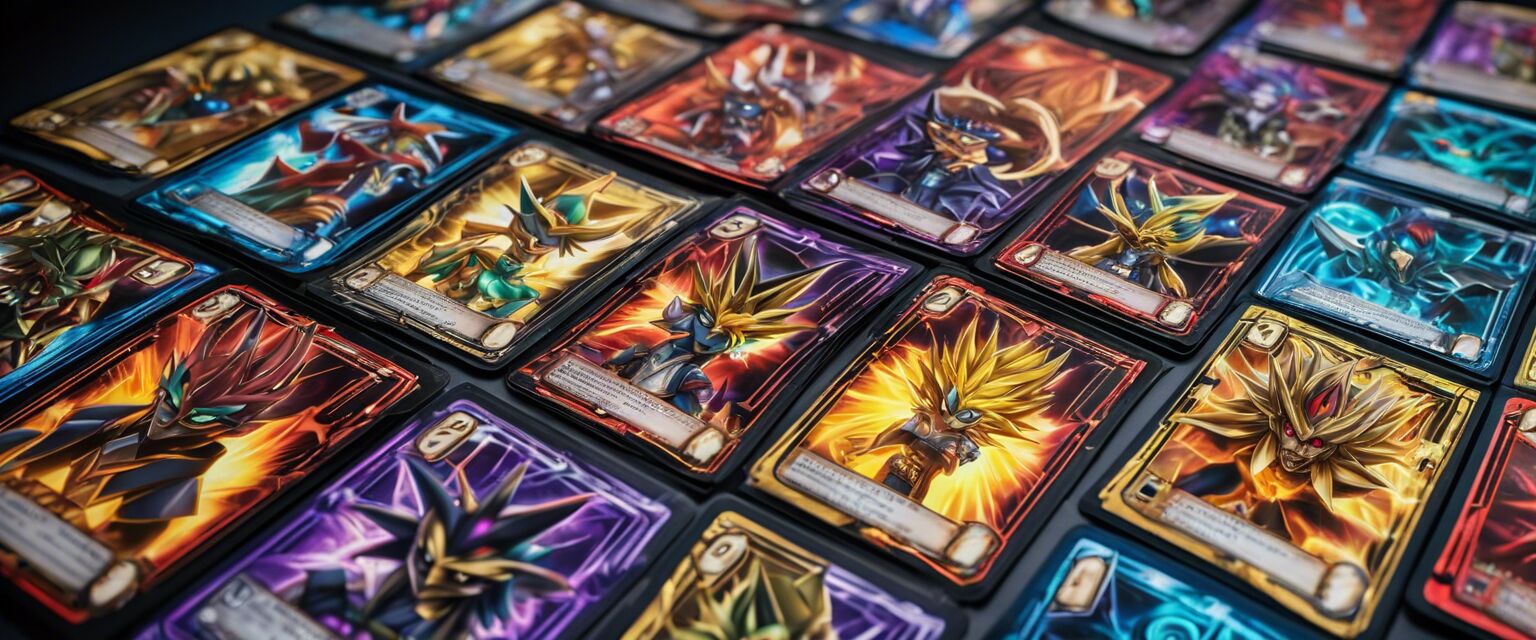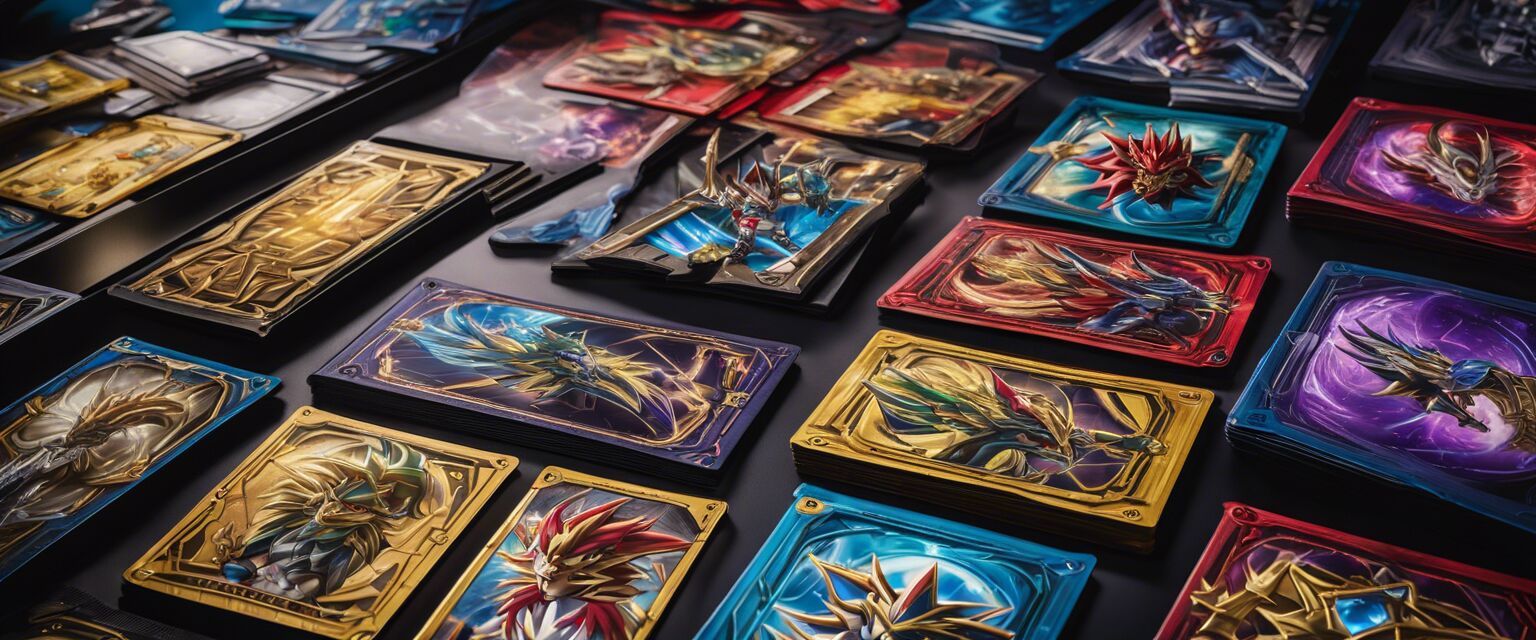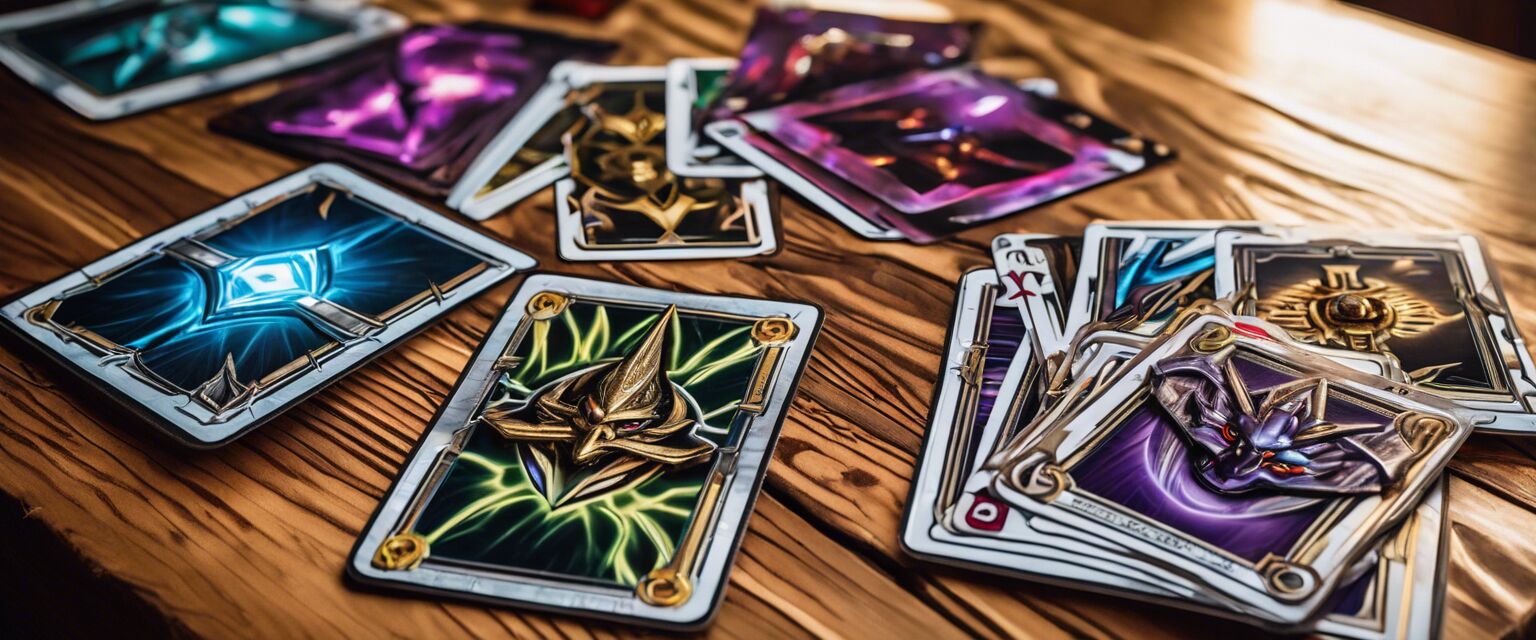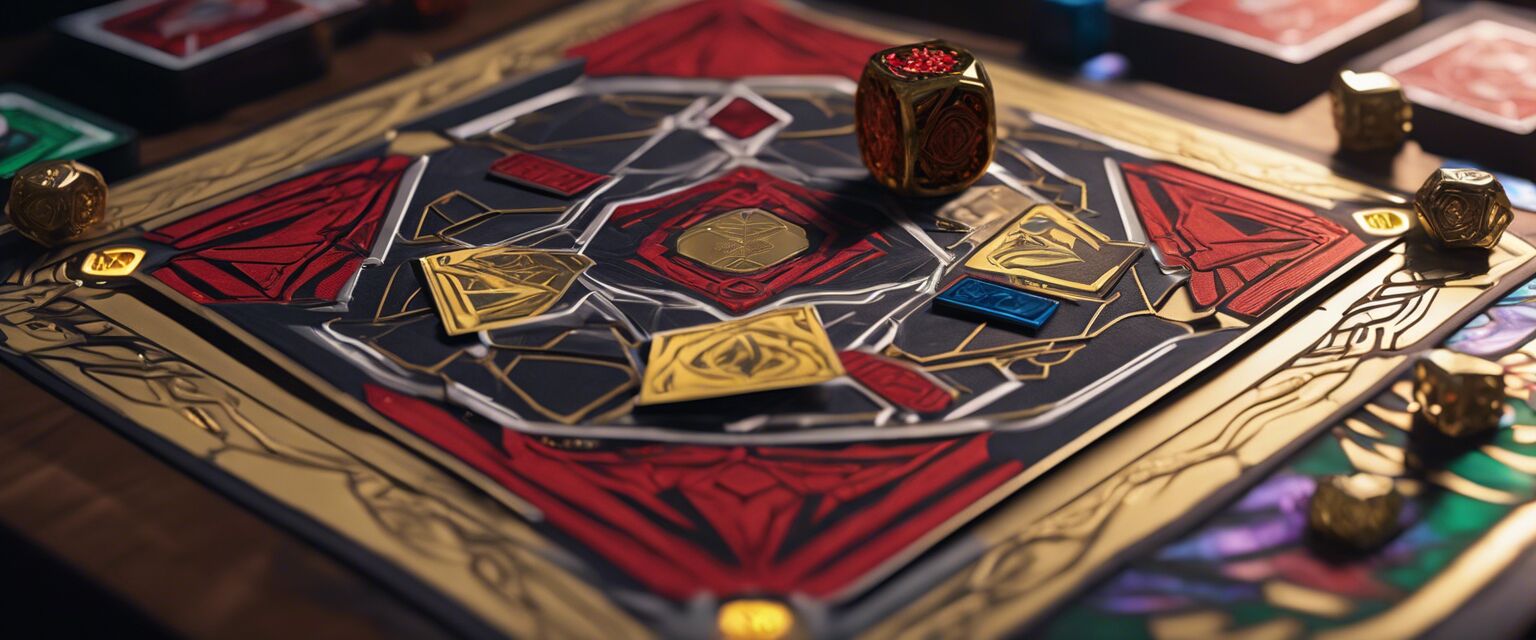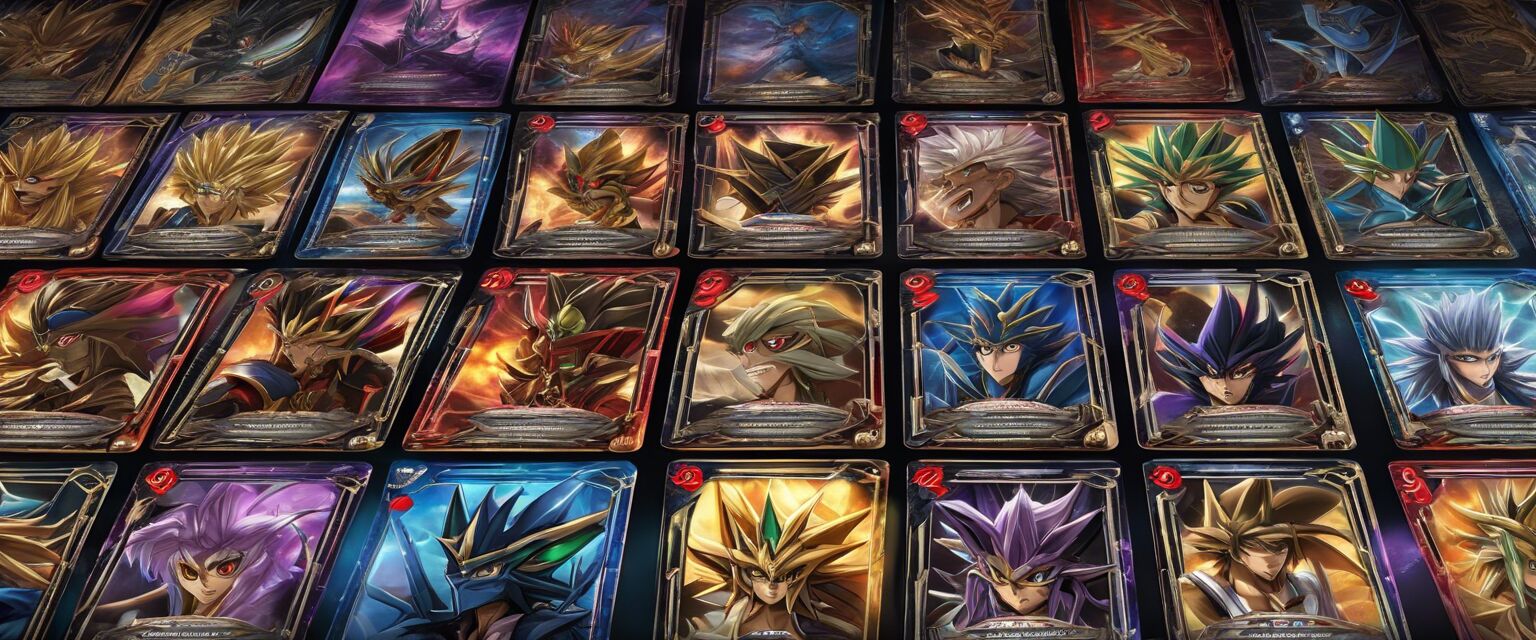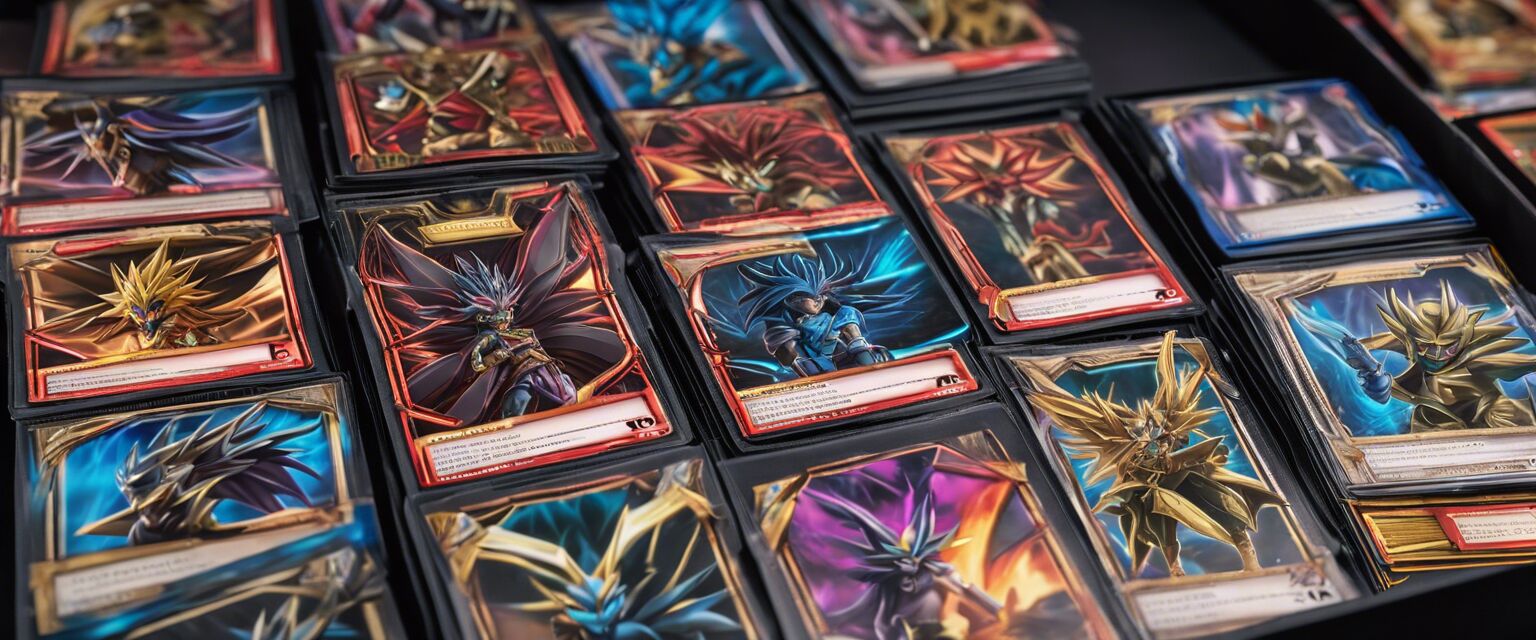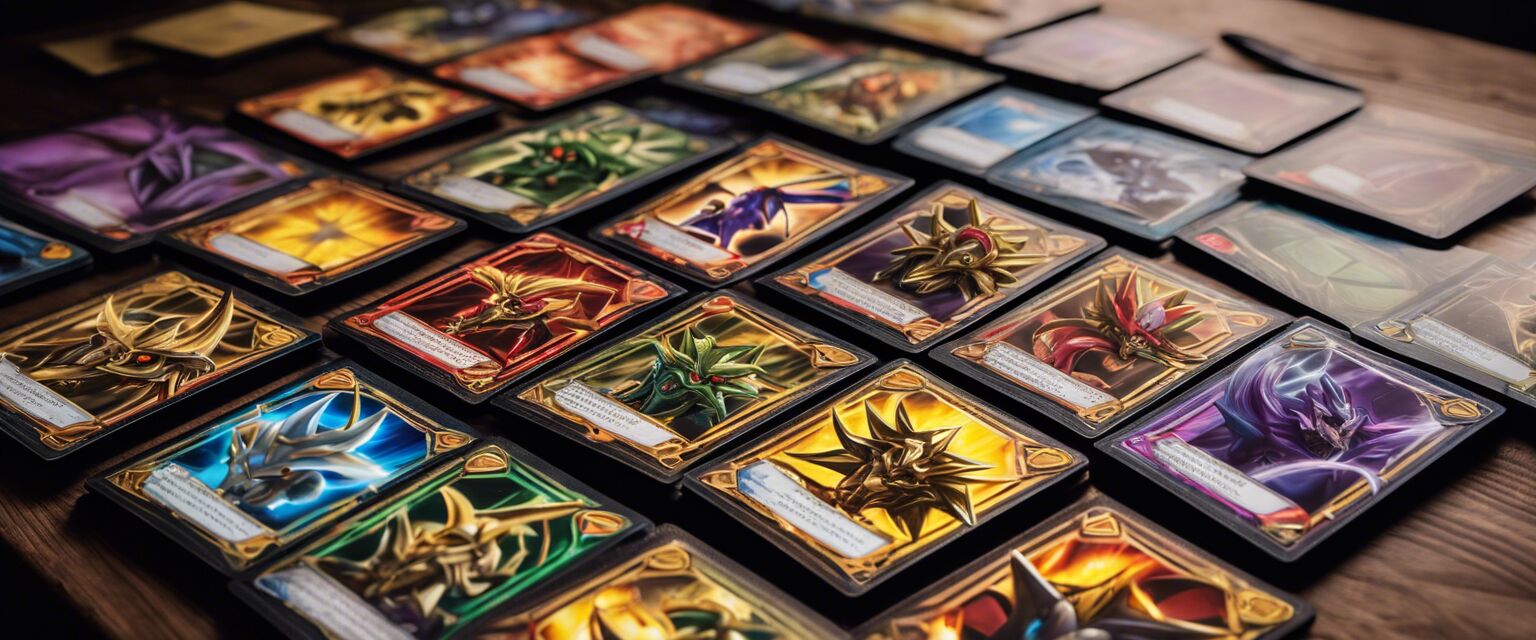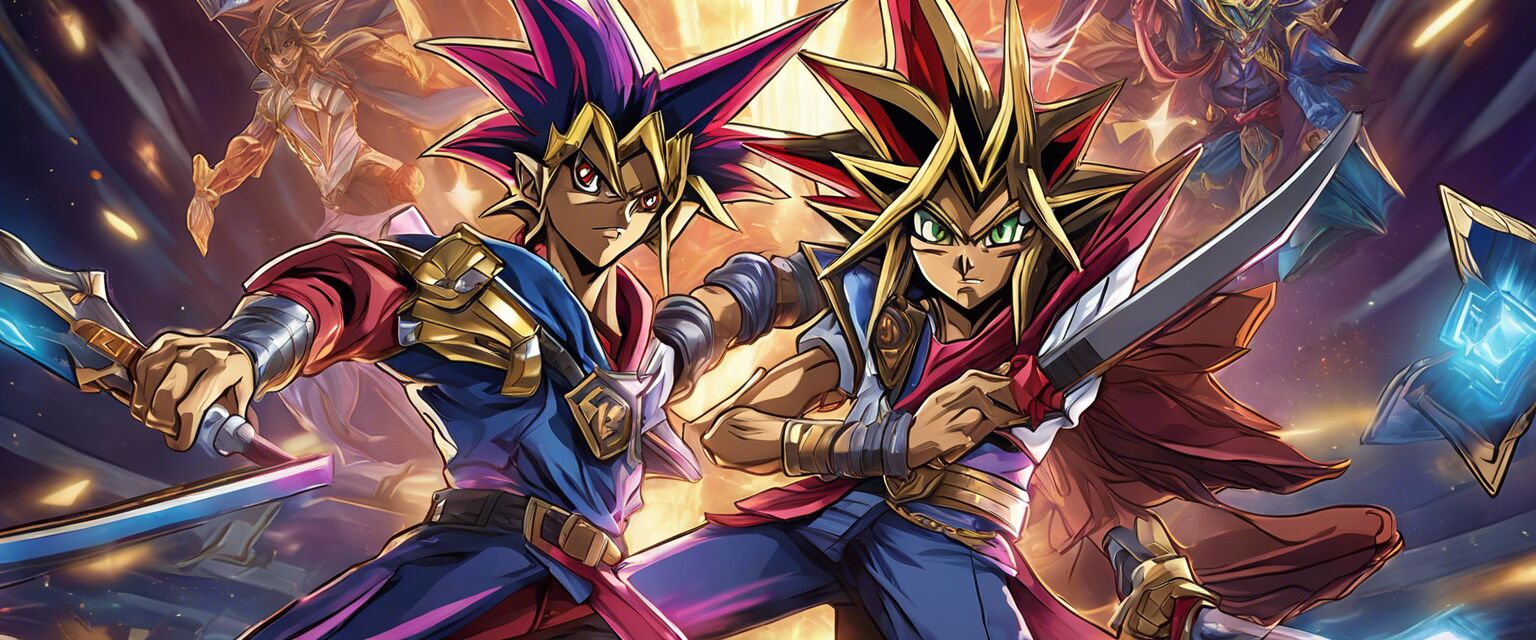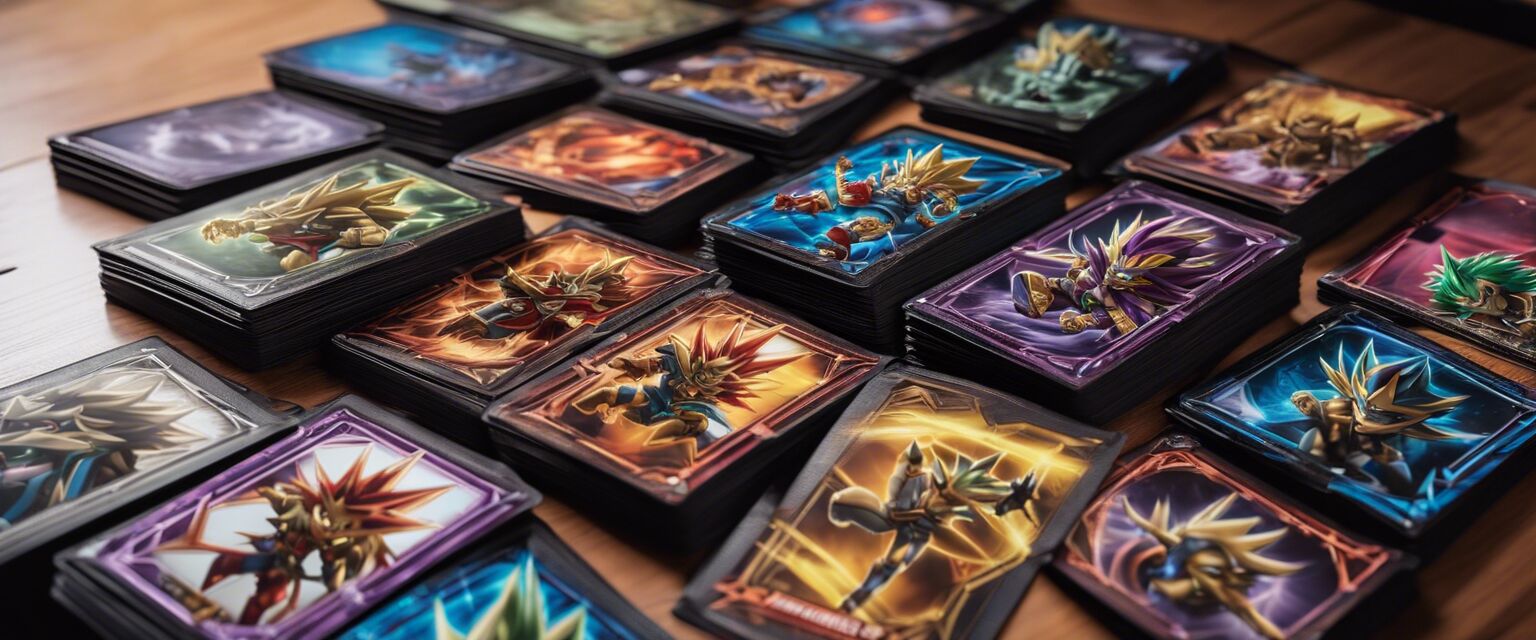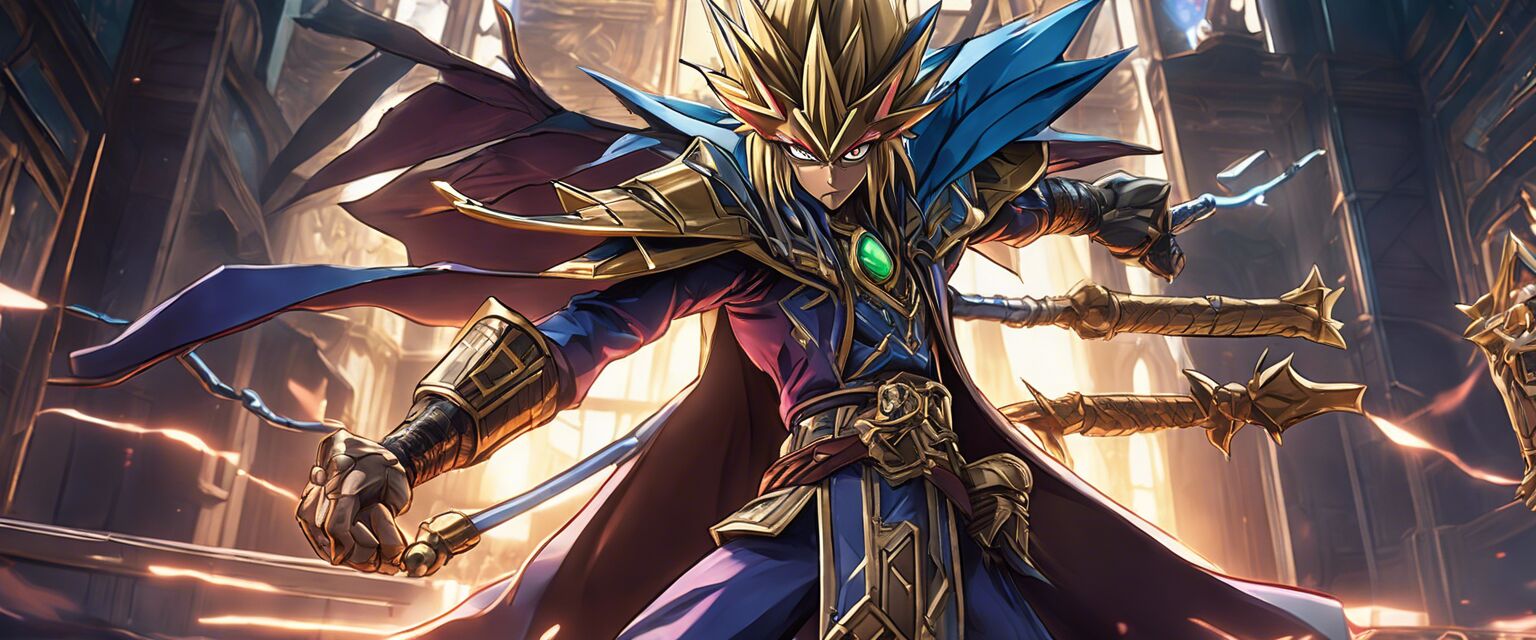
Introduction to Yu-Gi-Oh!
Key Takeaways
- Yu-Gi-Oh! is both a trading card game and an anime series.
- The game was created by Kazuki Takahashi and first released in 1996.
- Understanding the basic rules is essential for new players.
- Yu-Gi-Oh! features various card types, including Monster, Spell, and Trap cards.
- There are several different formats for play, including Casual, Advanced, and Traditional formats.
Welcome to the fascinating world of Yu-Gi-Oh!, a trading card game that has captured the hearts of millions since its inception. This guide aims to provide you with essential information about the game, including its rules and history. Whether you are a seasoned player or just starting your journey, you'll find value in the details shared in this article.
A brief history of Yu-Gi-Oh!
Yu-Gi-Oh! was created by Kazuki Takahashi and first appeared in a manga series published in 1996. The trading card game followed a few years later, gaining immense popularity worldwide. The franchise has since expanded to include an anime series, video games, and various merchandise.
Throughout its evolution, Yu-Gi-Oh! has continually introduced new card sets and gameplay mechanics, keeping the game fresh and engaging for both veterans and newcomers alike.
Basic rules and gameplay
1. Objective of the game
The primary goal in Yu-Gi-Oh! is to reduce your opponent's life points from 8000 to 0. This is achieved by strategically using various types of cards to summon monsters, cast spells, and activate traps.
2. Types of cards
Understanding the different card types is crucial for effective gameplay. The three primary categories are:
| Card Type | Description |
|---|---|
| Monster Cards | These cards are used to battle your opponent and reduce their life points. |
| Spell Cards | These cards offer various effects, such as supporting monsters or disrupting your opponent's strategy. |
| Trap Cards | These are reactive cards that can surprise opponents when conditions are met. |
3. Game structure
A typical game consists of the following phases:
- Draw Phase: Players draw one card from their deck.
- Standby Phase: Players can activate effects that occur at this time.
- Main Phase 1: Players can summon monsters, set spell/trap cards, and perform actions.
- Battle Phase: Players can attack their opponent's monsters or life points directly.
- Main Phase 2: Similar to Main Phase 1, players can perform actions.
- End Phase: Players end their turn, allowing opponents to take their turns.
Formats of play
Yu-Gi-Oh! offers various formats that cater to different playstyles and skill levels:
| Format | Description |
|---|---|
| Casual | Friendly matches with relaxed rules, ideal for beginners. |
| Advanced | Competitive play with official rules and restrictions on card use. |
| Traditional | Similar to Advanced but allows all card types without restrictions. |
Popular Yu-Gi-Oh! card sets
Various card sets are released regularly, showcasing different themes and mechanics. Here are some notable sets:
- Legend of Blue Eyes White Dragon
- Phantom Darkness
- Dark Revelation
- Secrets of Eternity
- Invasion: Vengeance
Exploring deck-building strategies
Building a well-structured deck is key to success in Yu-Gi-Oh!. Essential tips include:
Deck-Building Tips
- Include a balanced mix of monster, spell, and trap cards.
- Focus on a specific theme or strategy to enhance synergy.
- Keep an eye on the current meta to understand the top strategies.
- Regularly test and adapt your deck based on your experiences.
Community and tournaments
The Yu-Gi-Oh! community is vast and welcoming, with numerous local tournaments and online events. Participating in tournaments can foster friendships and sharpen your skills. For more on participating in tournaments, check out our Duelist gear page for essential tools for champions.
Conclusion
Yu-Gi-Oh! is not just a game; it is a thriving community that embraces creativity, strategy, and competition. Understanding the rules and enjoying the game's rich history allows players to appreciate every duel even more. Whether you aim to collect rare cards or conquer in tournaments, there's a perfect spot for you in the Yu-Gi-Oh! universe.
Pros
- Engaging gameplay with strategic depth.
- Rich lore and community support.
- Variety of card sets and mechanics to explore.
- Adaptable formats catering to various playstyles.
Cons
- Can be overwhelming for new players.
- Constant updates may require regular investment in new cards.
- Competitive play can be daunting for novices.
Further reading and resources
To dive deeper into the world of Yu-Gi-Oh!, consider exploring our other articles:
- Choosing the right card sleeves
- Essential tools for deck building
- Latest Yu-Gi-Oh! card releases
- Investing in premium card collections
- Yu-Gi-Oh! strategy guides for beginners
Image References
